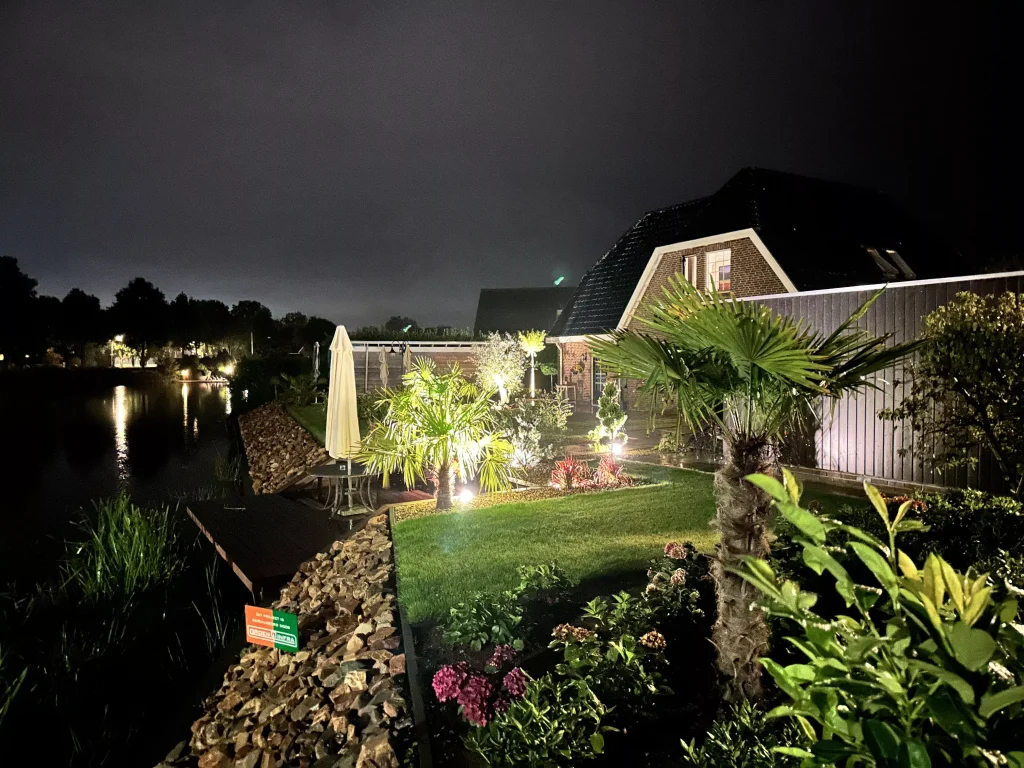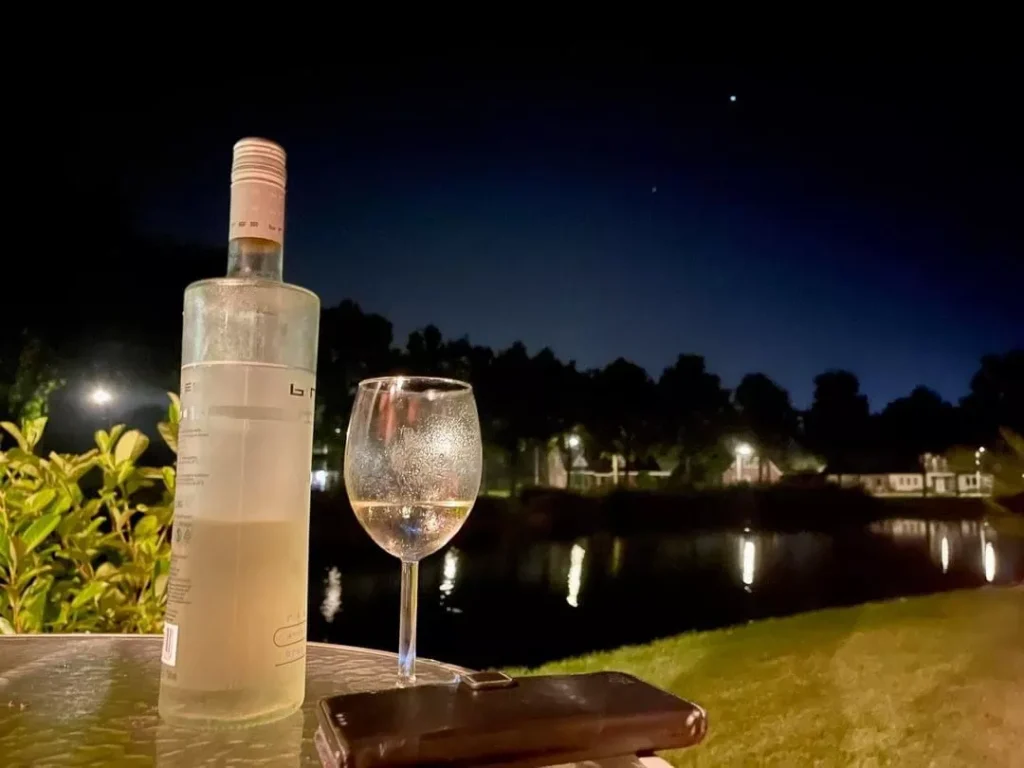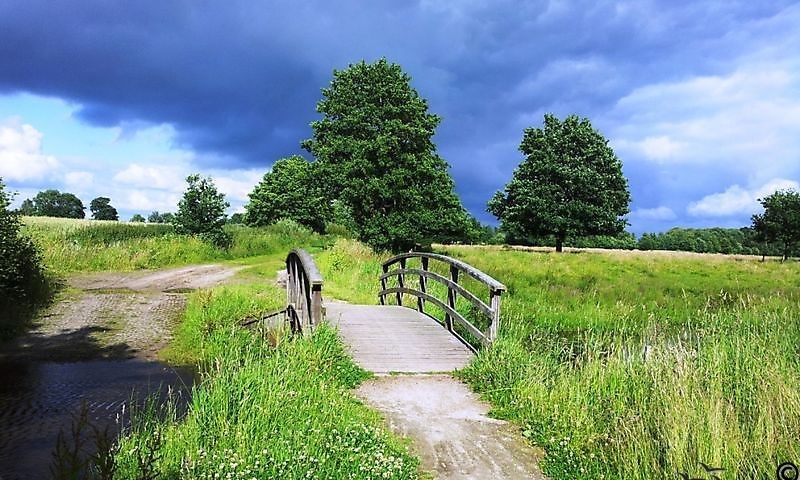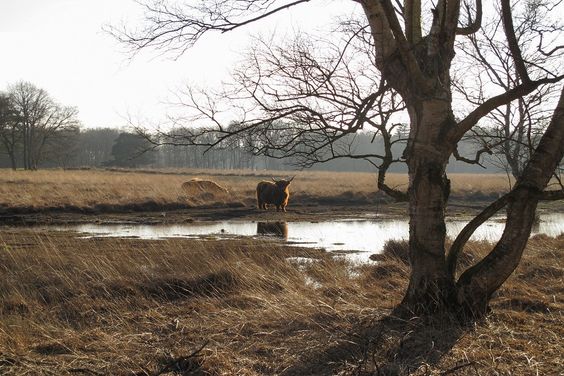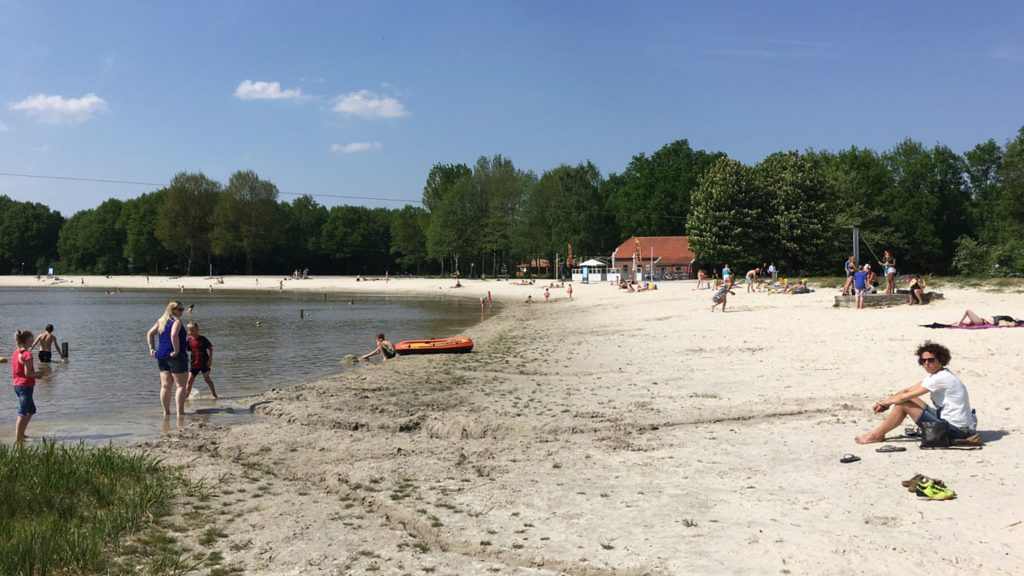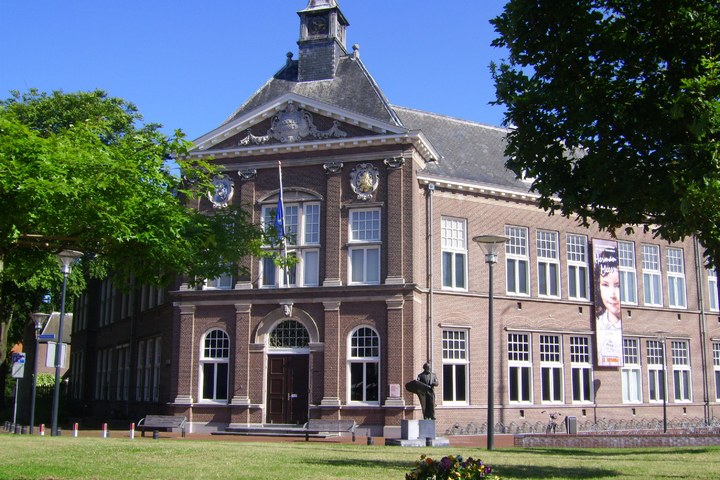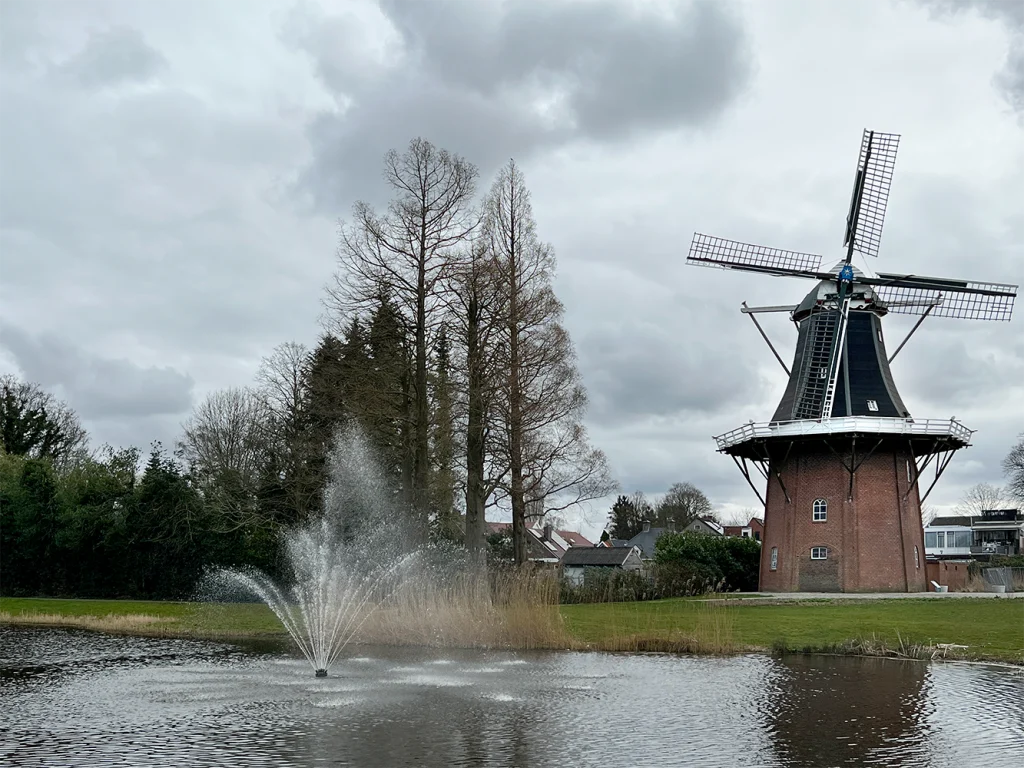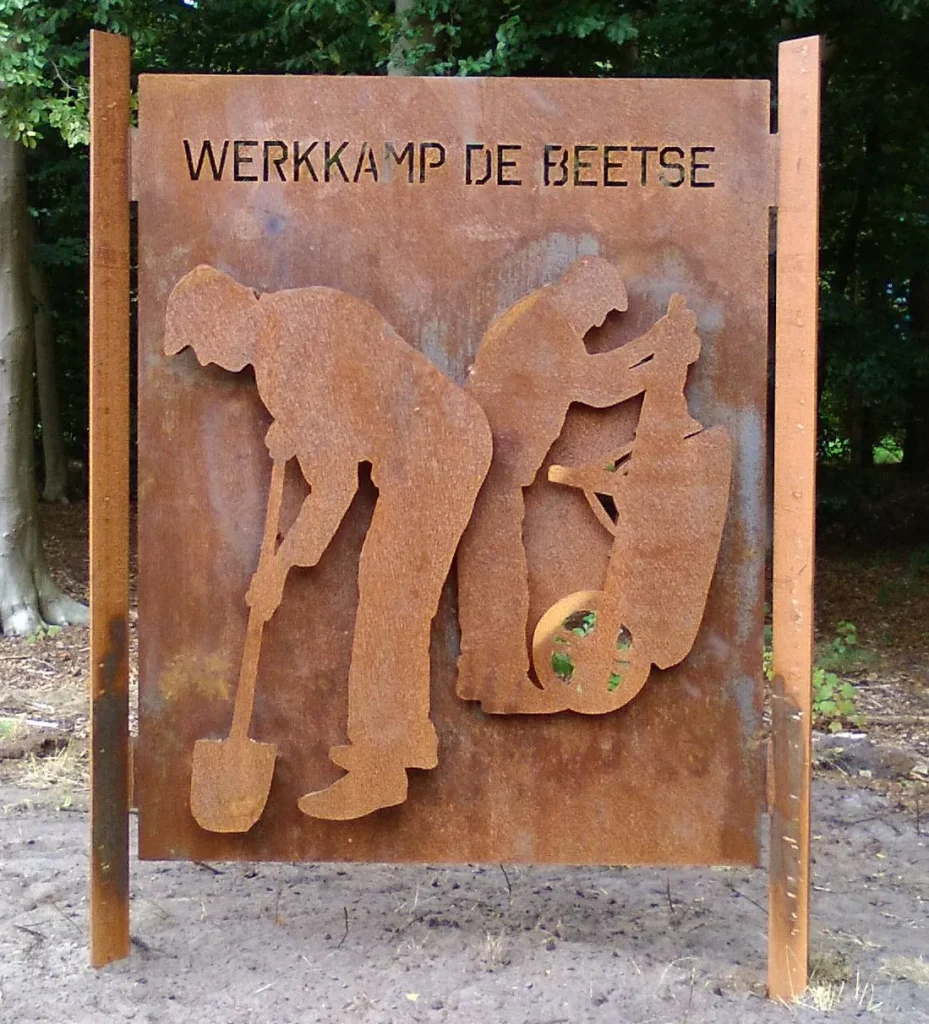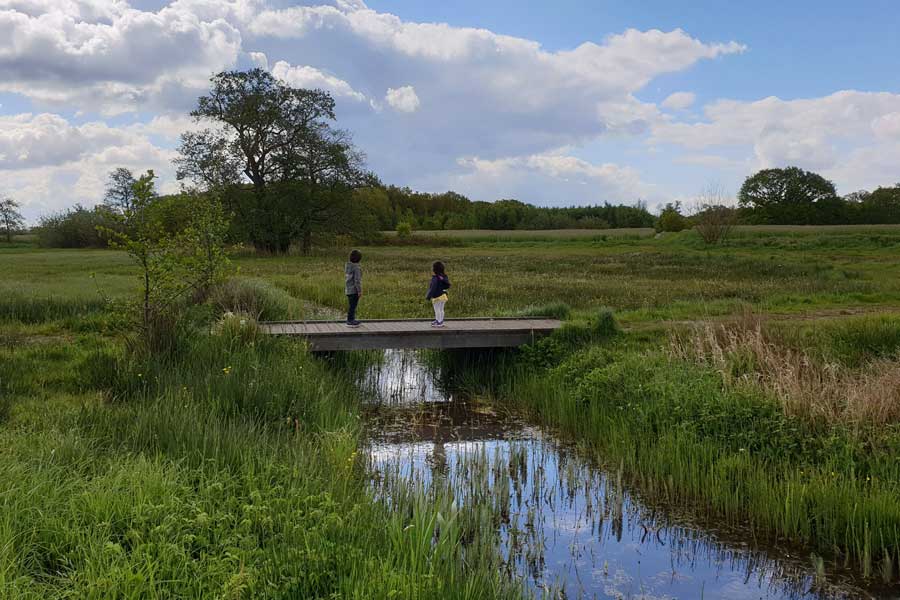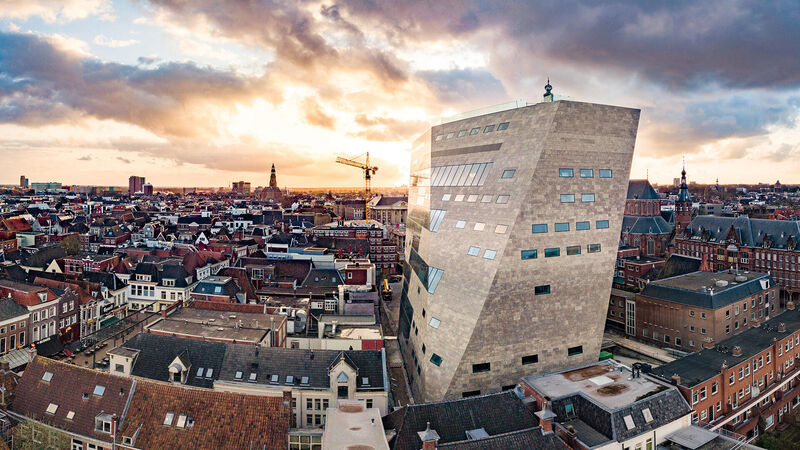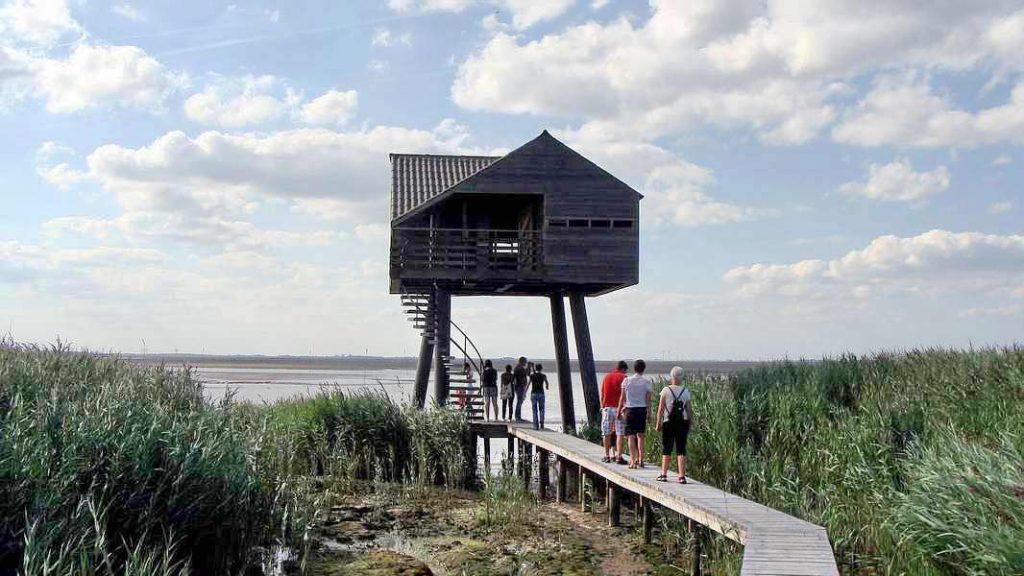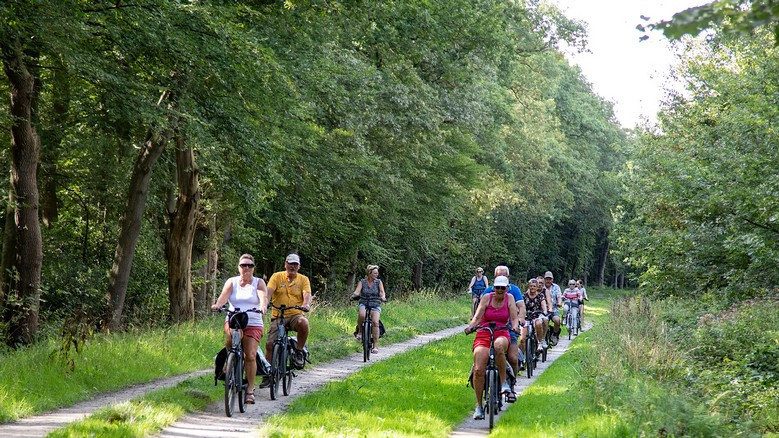East Groningen holiday destination
East-Groningen holiday destination
B&B de Wiekeborg in Oude Pekela is located in the heart of the eastern part of the province of Groningen. This area, East Groningen, is distinguished by three regions, namely the Veenkoloniën, Westerwolde and the Oldambt. To the east of it lies the German Eemsland, about 25 kilometers from Oude Pekela.
The host of B&B de Wiekeborg, born and raised in East Groningen, is your walking Wikipedia.
THIS IS EAST-GRONINGEN
Westerwolde, including villages such as Sellingen, Vlagtwedde and Ter Apel, is a region around the rivers Ruiten-Aa, Mussel-Aa and Westerwoldse Aa. The area was also called Wollingen or Westwoldingen in the 18th century, the inhabitants being Westwoldingers. The fortified village of Bourtange was founded in these vast peatlands in 1593. The western border was established in 1615, after which the exploitation of the peat began and places such as Stadskanaal and Musselkanaal emerged in an area that came to be called Kanaalstreek
The Oldambt is a young marine clay area characterized by large-scale arable farming and stately farms. The area is rightly called ‘The Grain Republic’. Elongated regional or road villages are mostly located in a ring around the former Dollardboezem. The adjacent polder villages of the German Rheiderland (Germany) form a natural continuation of the Oldambt. Oldambt also has two old fortified villages: Nieuweschans and Oudeschans. Since the last municipal reorganization, two new municipalities around Winschoten and Bellingwolde also bear the names of these two regions.
The Drenthe-Groningen Peat Colonies was a swamp area where pioneers extracted peat, waterways brought wealth and agriculture and industry flourished. Until the modern era turned its back on the area and potato flour factories and straw cardboard factories also came to an end. A peat colony is a settlement that arose when workers moved to an area where peat was excavated for the production of peat, a fuel that made the growth of major Dutch cities possible. Since then, almost all the peat has been excavated and a completely new landscape has emerged, dominated by ribbon development along partly filled-in canals. The Veenkoloniën include the municipalities of Veendam and Pekela. The province of Drenthe and the German border region also have peat colonies.
Top 10
But that was in the past. The character of the area has changed considerably. Consider the golf courses at Veendam and Vlagtwedde, the doubling of motorways and the connection to the German Autobahnen network, the thermal bath in Nieuweschans, the subtropical Tropiqua swimming pool in Veendam and the largest lake in the province of Groningen in the Blauwestad near Winschoten, the Oldambtmeer. Even part of the history of East Groningen is now a huge tourist attraction: Bourtange Fortress, which attracts around 90,000 tourists from home and abroad every year. But there is still enough left for an interesting top 10.
1. Smeerling (photo). Anyone who wants to enjoy walking or cycling and marvel at the natural beauty of Westerwolde should definitely take a look here. In the 1970s, this now protected village scene still consisted of about seven dilapidated farms. They have been restored with many national subsidies and now you can enjoy delicious food and drinks, view antiques and walk or cycle from the parking lot into the stream valley of the Ruiten Aa river. There are at least 40 hiking trails from 1.5 to 16 km. But you can also walk 100 km, from Wedde to Ter Apel.
2. Ter Borg. For us, Ter Borg, just south of the village of Sellingen, is the epitome of what makes Westerwolde so unique: heathland, forests, authentic nature and silence. Walking and cycling through the Sellinger forests of Staatsbosbeheer is a pleasure. (Photo Ter Borg)
3. Pagedal and Borgerswold. Also beautiful and an El Dorado for cyclists and walkers are the Pagedal parks in Stadskanaal and the Borgerswold in Veendam (see photo). They just aren’t authentic like in Westerwolde.
4. Museums. No paintings or modern art, but everything you want to know about the history of East Groningen can be found in museums such as the Veenkoloniaal Museum in Veendam (see photo/highly recommended), the bell foundry museum in Heiligerlee, the Regional Historical Center in Stadskanaal, the Kapiteinshuis in Nieuwe Pekela, various museums in Bourtange and even a museum railway line on which a steam train thunders between Stadskanaal and Veendam.
5. Mills. You don’t just have to go to Kinderdijk for windmills, East Groningen also has them. There used to be hundreds, now only thirteen and they can be visited in Winschoten, Wedde, Ter Haar, Noordbroek, Bourtange, Nieuw Scheemda, Bellingwolde, Oude Pekela (see photo) and Vriescheloo.
6. Camps. The Beetse camp (photo) near Sellingen was once intended to accommodate unemployed people during the reclamation of wastelands. Later, 500 Jews, 200 NSB women, men who had to work for farmers in the area and NSB members and SS members stayed there. The camp closed in 1948. A little further on, in Neusustrum, Germany, you can still see one of the 15 infamous Emslandlager from the Second World War.
7. Cycling and walking. Cycling and walking from Oude Pekela is a party that already starts in regions such as Bronsveen and Hoorn. And then you will be amazed by hamlets such as Wessinghuizen, Ter Wupping (see photo), Veenhuizen, Vledderhuizen, Holte, Wollinghuizen and Sterenborg. And if you pass the museum-restaurant Slaaitnhoes in Onstwedde, you should definitely go inside. If the owner is there, well, you’ll be there for a while too.
8. City of Groningen. If you want to visit a big city, go to our provincial capital with many cyclists and students and sights such as the Martini Tower, the Forum building (see photo) and the internationally renowned museum. But strolling through the Herestraat and over the Grote Markt and the Vismarkt is also recommended. By car (Rademarkt 27 parking garage) or by train from Veendam or Winschoten you can reach Groningen city in 30 minutes. Closer by, places like Veendam, Stadskanaal and Winschoten (free parking) are worth a visit.
9. Dollard. Cycling or driving along the Dollard to Termunten (beach, fishmongers, harbour) is also an attractive part of your stay here. Start in Nieuwe Statenzijl (see photo) with a famous bird watching box and a lock as the border between Germany and the Netherlands. If you are by bike you can also cross the longest bicycle bridge in Europe, the connection between Winschoten and the Blauwestad.
10. Cycling routes. We can’t say it often enough, but East Groningen has fantastic cycling routes with and without junctions. In Westerwolde (see photo) there are at least twenty of them with different lengths up to 57 km.
But there is so much more to tell and see. The host of B&B de Wiekeborg, born and raised in East Groningen, is your walking Wikipedia. But of course you can also relax on one of the five terraces in our attractive garden (in a Mediterranean atmosphere) along the water.
